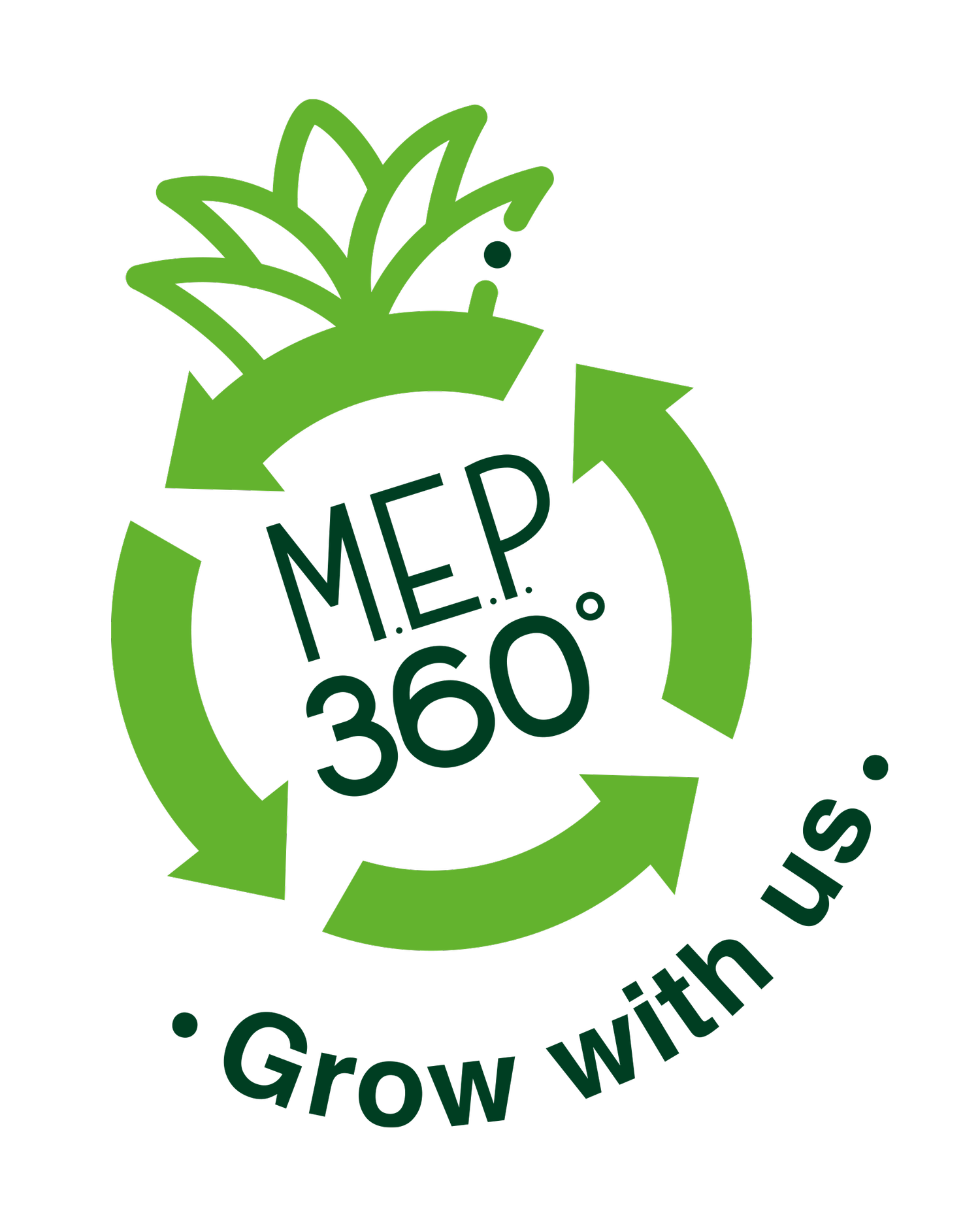The Difference between Recyclability & Compostability
Both terms clearly relate to what happens to materials after use, but they describe very different processes.
Here’s a clear breakdown:
RECYCLABILITY
Definition: A material is recyclable if it can be collected, processed, and re-manufactured into new products.
Process: Mechanical or chemical recycling turns the used material back into raw material (e.g., melting down aluminum cans, shredding and remolding plastics, pulping paper).
End Product: Creates new items, often of the same or lower quality (“downcycling”).
Conditions: Requires a functioning recycling system—collection, sorting, and processing facilities. Examples: Glass bottles, aluminum cans, cardboard, some plastics (like PET #1).
COMPOSTABILITY
Definition: A material is compostable if it can biologically decompose into water, carbon dioxide, and nutrient-rich organic matter (compost).
Process: Microorganisms break it down under specific conditions of oxygen, moisture, and temperature.
End Product: Becomes compost—a soil amendment that supports plant growth.
Conditions: Needs an environment for decomposition (industrial composting facilities or, for some items, home compost bins). Examples are food scraps, yard waste, certified compostable packaging.
KEY DIFFERENCE
Recyclability keeps materials in the industrial loop → turning waste back into raw materials for manufacturing
Compostability keeps materials in the natural loop → turning waste back into nutrients for the soil.
THINK OF IT THIS WAY
Recycling = materials to new products
Composting = materials to soil.
At M.E.P. Florida, we like to keep materials in the natural loop!
Our juices are cold-pressed into Eco Clear bottles specifically made to enhance biodegradation. The fruit by-products of the juicing process are then composted in our in-vessel system, transforming them into rich, natural vegan compost.
